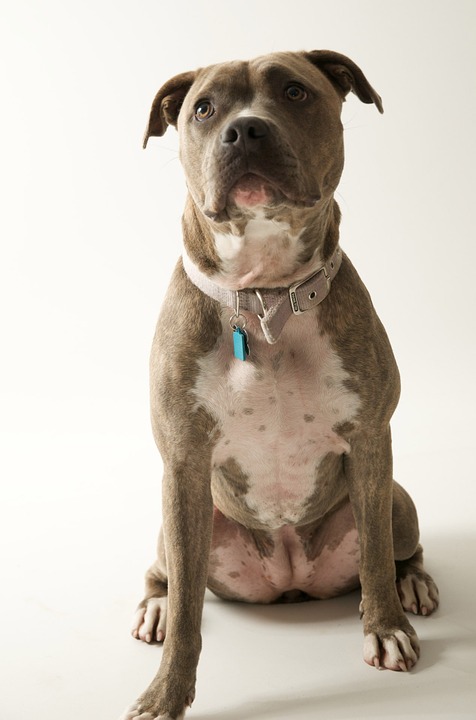Pitbulls get a needlessly “ruff” rap
At any given time, 30 percent to 60 percent of dogs in shelters are pit bulls, which may be due to popular misconceptions of the breed.
June 20, 2016
“In the ’70s they blamed dobermans, in the ’80s they blamed German shepherds, in the ’90s they blamed the rottweiler. Now they blame the pit bull. When will they blame the humans?” dog expert Cesar Millan said.
In media, pit bulls are often wrongfully portrayed as violent, senseless beasts when truly they are impressionable and trainable dogs looking for homes.
Like any other breed, pit bulls can be trained by their owners; whether a pit bull or a golden retriever, dogs raised to be violent can be aggressive.
Unfortunately, pit bulls have been picked as the fighting dogs, the violent ones, the relentless and brutal killers. In reality, there is no breed born to fight.
Communities including Worcester, Massachusetts (in 2011) have passed unreasonable ordinances forcing owners to muzzle their dogs in public and pay an additional fee for having a pit bull.
However, Massachusetts passed a law in 2012 overriding this ordinance and making it invalid.
This new law rightfully states that “no dog shall be deemed dangerous…based upon the breed of the dog.”
Pit bull owners in towns across Massachusetts rejoiced when the ordinance fell into desuetude.
It claims they have “powerful instincts for dominance which naturally results in a proclivity for fighting,” “prey drive,” and “natural chase instinct.”
Although pit bulls often have a strong build, they also have strong bonds with their owners and are extremely loyal.
Before the media exaggerated the bloodlust of pit bulls, American pit bull terriers were considered perfect “nanny dogs” because of their friendly nature and dedication to their owners.
Nowadays, it’s difficult to even find a pit bull a home.
According to multiple studies, pit bulls make up 30 percent to 60 percent (the largest percentage of any breed) of dogs in shelters.
My uncle has a deaf pit bull named Patches. He’s one of the nicest dogs I know, but my uncle can never find a dog sitter or a kennel that will watch him.
I have seen an old labrador express more violence than that deaf pit bull, but that shouldn’t be surprising.
The unfortunate misconception surrounding pit bulls is built on falsities and exaggerated media exploitations, and is leading to homeless pit bulls across America.










